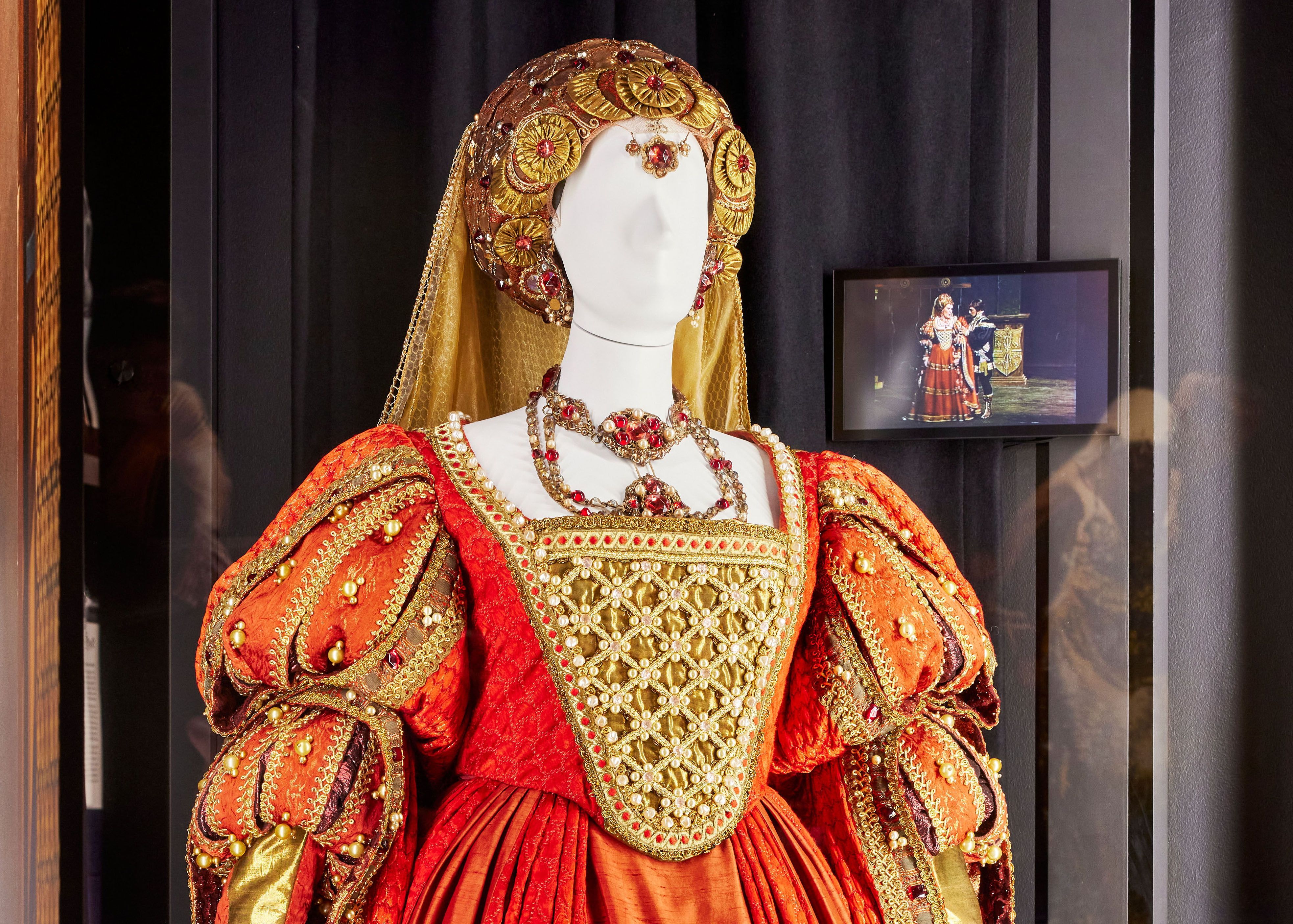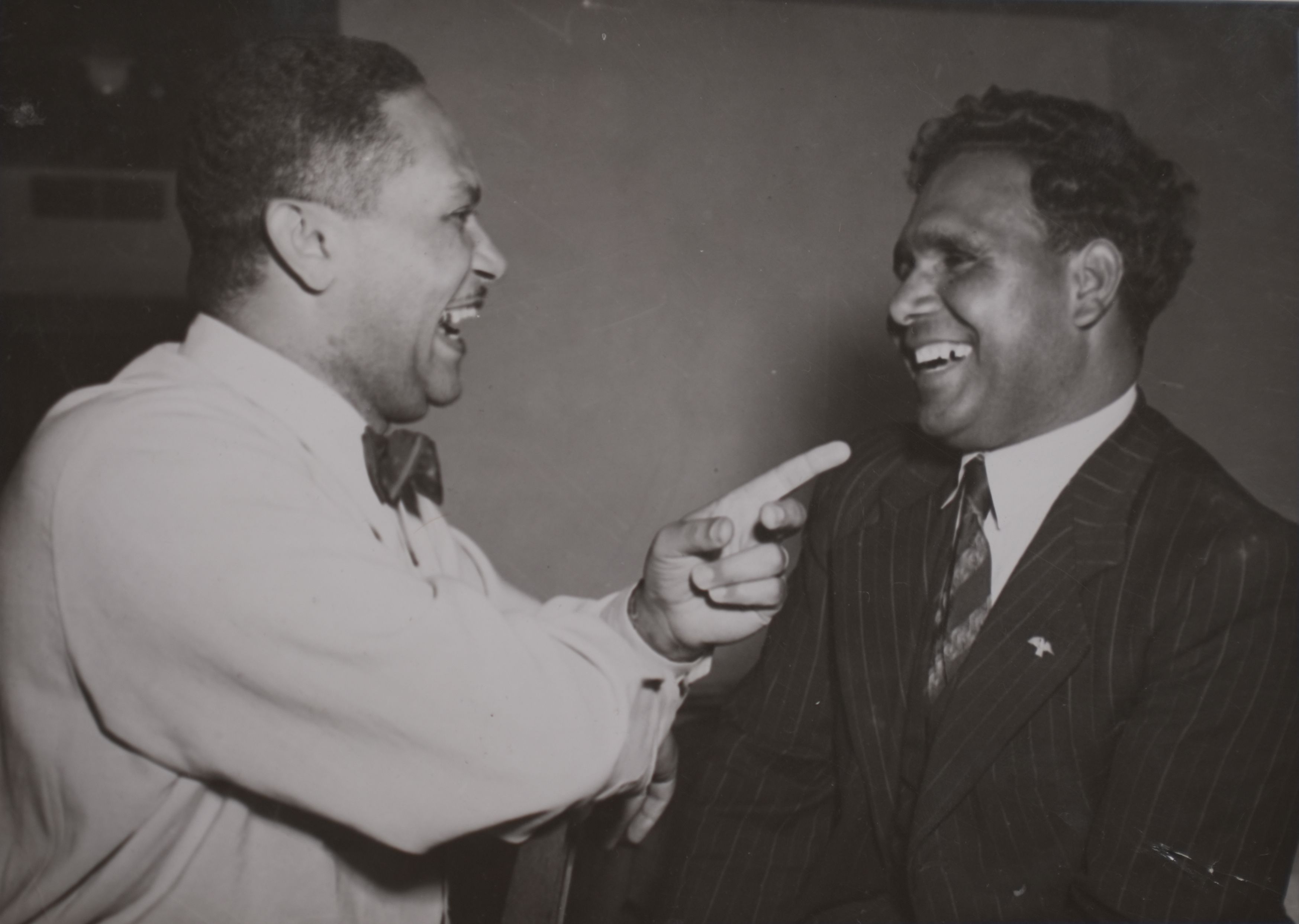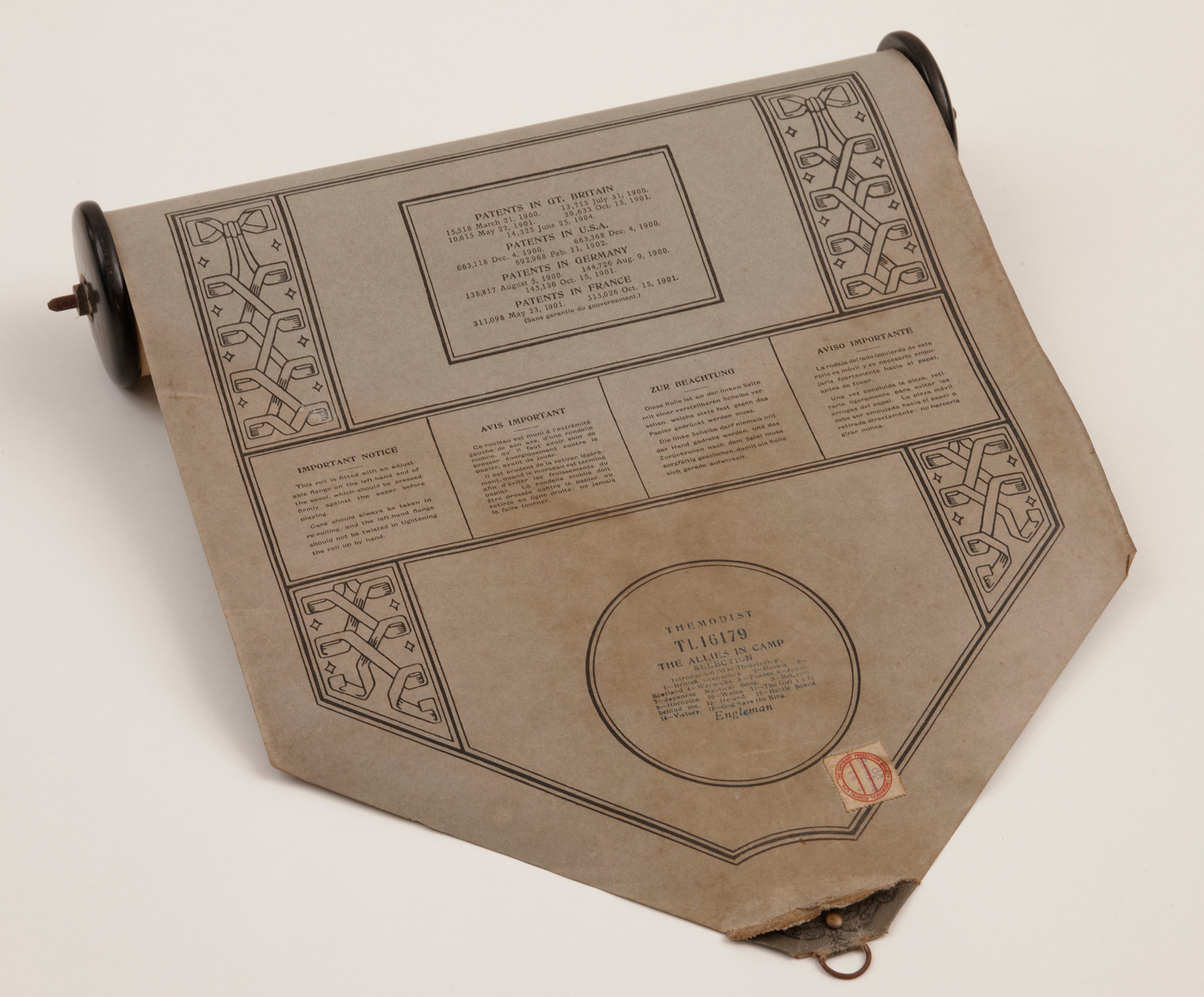The Rouses of Rouse Hill: a family of music consumers
The sheet music shared online for the House Music at Your House program comes from an extraordinary collection at Rouse Hill Estate. The surviving music represents generations of musical activity, offering us the opportunity to observe what made people laugh, cry and connect with each other more than 150 years ago.
After arriving in NSW in 1801, the Rouse family nurtured generations of music makers at their home at Rouse Hill, west of Sydney. Now a museum operated by MHNSW, Rouse Hill Estate holds one of Australia’s largest and most intact 19th-century domestic sheet music collections.
Inheriting Rouse Hill House in 1852, Edwin (1806–1862) and Hannah (1819–1907) Rouse soon acquired the musical trappings of the well-to-do: a new Erard piano from local supplier W H Paling and sheet music from Woolcott & Clarke, as well as a fine canterbury (or music rack) to store it in.
They bought instruction books for piano and singing, and blank manuscript paper to copy out music borrowed from friends. Interested in the latest musical technologies, they also purchased a mechanical music box, and a French harmonium (or reed organ).
Tools for a musical life
Edwin and Hannah Rouse instilled in their children a cultivated taste in music, and provided them with the tools to entertain family and friends. The children were taught sol-fa – a singing method based on sight-reading music. The family’s mechanical music box, purchased in 1860, played eight songs, including opera tunes from Hérold’s Zampa (one of Hannah’s favourite operas), Verdi’s Il trovatore and Donizetti’s Don Pasquale.
The family’s collection of sheet music also grew during this time, either stacked in drawers or music racks or on tables, in both printed and handwritten form. Their favourite songs and pieces were often bound together in volumes for safekeeping or display. Many well-to-do 19th-century families displayed their status by binding together volumes of sheet music. At Rouse Hill House, these volumes have survived, their worn spines and covers and torn pages suggesting that they weren’t simply displayed on a table or shelf but were in regular use.
An incomparable private playlist
Subsequent generations of the Rouse family continued to use the sheet music in the house, and added more with each passing year. Many members of the family were taught to play the piano, and to sing. Nina Terry, nee Rouse (1875–1968), the elder daughter of Edwin Stephen and Bessie Rouse, and a highly educated pianist and singer herself, looks to have reorganised the music collection in the 1960s, possibly with the help of her grandson John Terry, a talented musician and composer who went on to gain a PhD in music. Nina’s storage method spread the music out through many rooms and drawers, like a gigantic treasure hunt for a researcher to find again.
Digging into these piles of sheet music often reveals how different the past can be in terms of what interested people, what moved them and how emotions were expressed both in terms of lyrics and music. Yet if we think of the songs that are popular in our own lifetime, it’s not hard to imagine how meaningless many of these will be to someone discovering them in 2170! Despite the changes in musical taste and expression, some of the songs from the Rouse Hill House collection can seem familiar. Classics like ‘Home! Sweet home!’ are performed today, while songs about unrequited love, separation from family overseas, the relentlessness of ageing, or the excitement of receiving something in the post still resonate with us.
Oh the clangs & laughter
and that precious ‘Puritane’
The Irish jig we danced as if
our toes were tipped with blarney
The Game of Snip – Snap – Snorum
& Chaunts of Ethiopians
The Riddles and the puns we made
like wonderful Utopians
- E Evelyn Robinson, describing a visit to Rouse Hill in the 1850s 1
Many of the pieces of music we have selected for the House Music at Your House program are sourced from a mid-19th-century music volume bound by the Rouse family. These popular tunes were sung by professional singers who toured to Sydney, Melbourne and Hobart in the 1850s and early 1860s – among them the international opera stars Anna Bishop and Catherine Hayes. The five children of Edwin and Hannah Rouse – Richard, Lizzie, Phoebe, Emma and Edwin Stephen – may have been taken to these concerts in town, or read about them in the newspaper. Perhaps they pestered their parents to order the most popular songs from the concerts for them to sing and play at home?
By the 1850s, sheet music could be bought on a day trip to town (via horse and buggy to catch the new steam train from Riverstone station to Redfern) or ordered from postal catalogues. The Rouses’ music often bears retailers’ stamps from the biggest music shops in Sydney – Ellard, Woolcott & Clarke, J R Clarke, and later in the century, Allans and Elvy & Co.
The Rouse music collection provides valuable insights into this musically educated family of many generations, who loved and looked after their sheet music, and used it to entertain themselves, their friends and people in the district, with home entertainments and concerts. We hope you’ll enjoy responding to their love of music with your own!
Note
- Quoted in C R Thornton, Rouse Hill House and the Rouses, Caroline Thornton, North Sydney, 2015.
Co-author
Nicole Forsyth
Researcher, University of Sydney
Violist Nicole Forsyth loves storytelling through music, and the possibilities of old and new art telling stories across time
Published on
Related
Browse all
Dressing Joan Sutherland
One of the most spectacular costumes on display in the exhibition The People’s House: Sydney Opera House at 50 is an extraordinary Renaissance dress designed by Kristian Fredrikson and worn by Dame Joan Sutherland in the part of the notorious Lucrezia Borgia

Paving the way ... Harold Blair: The first Aboriginal opera singer
A short documentary that offers a glimpse into the life of Harold Blair, a world-renowned tenor, family man and political campaigner who sought social justice and human rights for Australia’s First Nations people

Harold Blair, trailblazer
Wulli Wulli tenor Harold Blair AM was Australia’s first professionally trained Aboriginal opera singer

WW1
The Allies in camp music roll
Rouse Hill house boasts a fine pianola, a player piano, which came into the house just a few years before the outbreak of World War I
